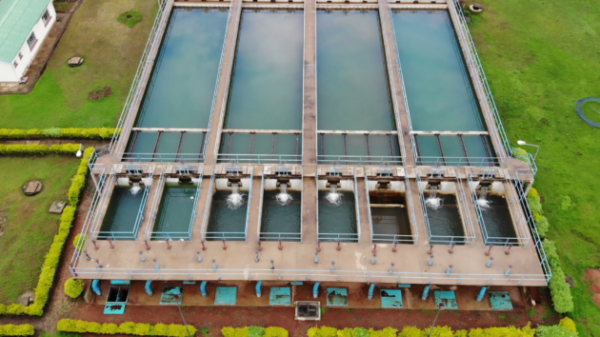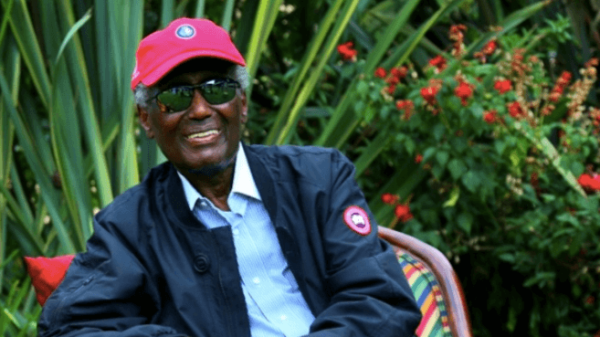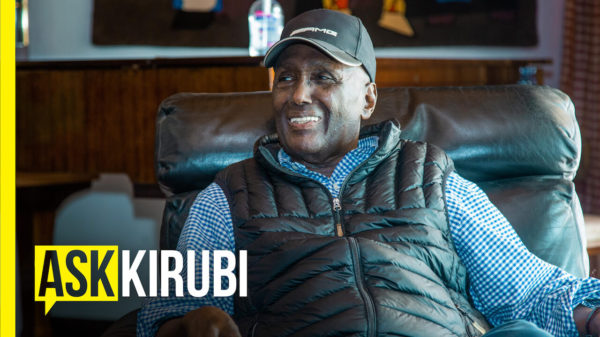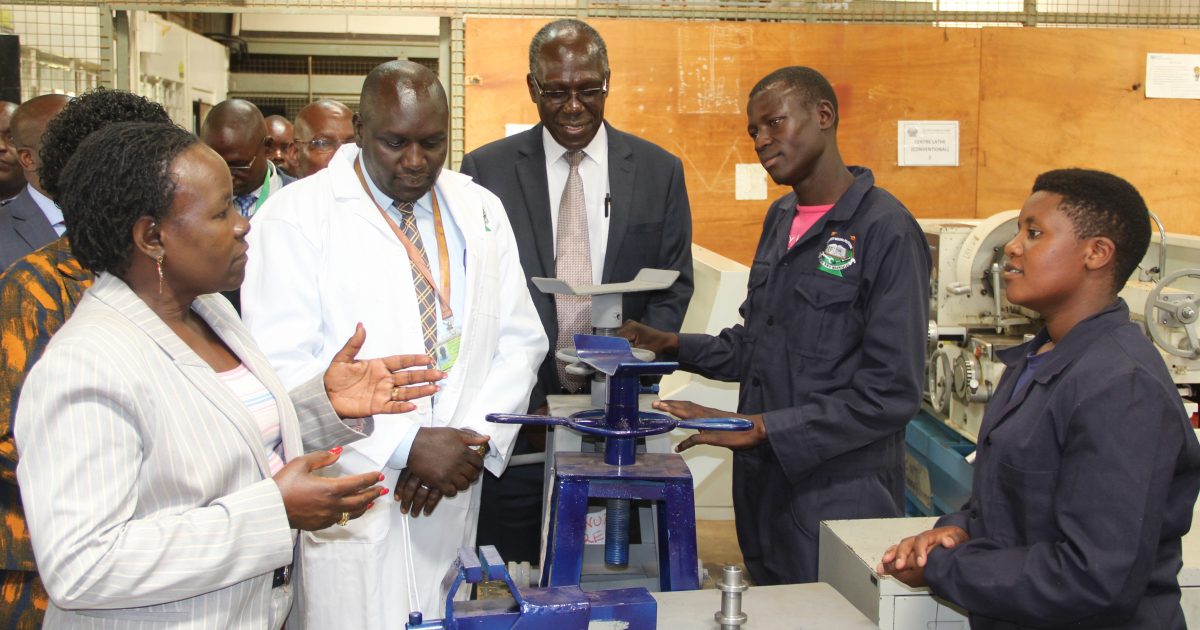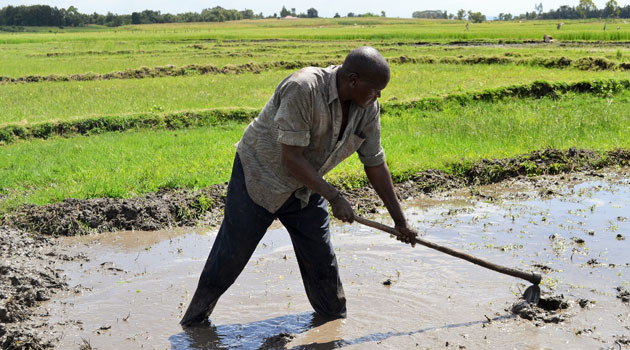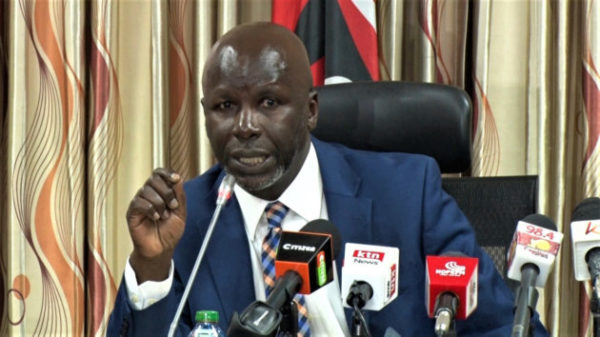NAIROBI, Kenya, May 26 – The government plans to build 38 technical and vocational colleges (TVCs) in constituencies that are unserved in subsequent financial years.
This is part of the state’s goal of setting up at least one TVC in every constituency.
Currently, 238 constituencies in Kenya have at least one TVET institution, with the remaining 52 lacking.
In the full year 2023/24, for example, the national government allocated funds for the construction of 15 TVCs in the Nyali, Kiambaa, Sigowet Soin, Muhoroni, and Wajir West constituencies.
Others were in Kajiado South, Narok North, Kibra, Kilifi South, Kwanza, Mwingi West, Subukia, Lugari, Matungu, and Suna West.
“The remaining 38 TVCs will be prioritized in subsequent financial years to ensure they are all completed, subject to the provision of budgetary allocations,” State Department for Technical, Vocational Education and Training PS Esther Muoria said while responding to the National Assembly’s Departmental Committee on education.
To enhance curriculum development for persons with disabilitis, special need institutions will also be elevated to National Polytechnic.
“It will further increase autonomy for these institutions to make independent decisions regarding curriculum, staffing, and resource allocation, ultimately allowing for quicker and more effective responses to the needs of trainees with special needs. d. Implementation of mobile training in remote and marginalized areas.”
Under the Ujuzi Manyattani program, state is likewise running mobile vocational training in remote and marginalized areas to address needs for vulnerable communities.
“Through its mobile, market-driven skills and trainings that are tailored to the unique needs of women and youth from marginalized communities, Ujuzi Manyattani is bridging gaps in traditional education systems,” she added.
“In collaboration with technical institutions such as Kiirua Technical Training Institute, Laikipia North Technical and Vocational College, and Nyeri National Polytechnic, Ujuzi Manyattani has been able to conduct vocational training in remote villages, providing youth with the skills they need to thrive in today’s job market, without disrupting their way of life.”





